- Have any questions?
- +86-189 8930 5995
- sales@mosinterchem.com.cn
Sorafenib tosylate CAS 475207-59-1

Vandetanib CAS 443913-73-3
14/12/2018
Sunitinib CAS 557795-19-4
14/12/2018| Model: | MOS 4750207-59-1 |
| Place of Origin: | Zhejiang,China (Mainland) |
| Molecular Formula: | C21H16ClF3N4O3•C7H8SO3 |
| Molecular Weight: | 637.03 |
| Specification: | CP/USP/EP |
| Content: | ≥99% |
| Brand: | MOSINTER |
Sorafenib tosylate (CAS: 475207-59-1)
| Item | Index |
| Molecular Formula | C21H16ClF3N4O3•C7H8SO3 |
| Molecular Weight | 637.03 |
| Specification | CP/USP/EP |
| Content | ≥99% |
Medical uses
At the current time sorafenib is indicated as a treatment for advanced renal
cell carcinoma (RCC), unresectable hepatocellular carcinomas(HCC) and thyroid cancer.
Kidney cancer
An article in The New England Journal of Medicine, published January 2007, showed
compared with placebo, treatment with sorafenib prolongsprogression-free survival in
patients with advanced clear cell renal cell carcinoma in whom previous therapy has
failed. The median progression-free survival was 5.5 months in the sorafenib group
and 2.8 months in the placebo group (hazard ratio for disease progression in the sorafenib
group, 0.44; 95% confidence interval [CI], 0.35 to 0.55; P<0.01). A few reports described
patients with stage IV renal cell carcinomas that were successfully treated with a multimodal
approach including neurosurgical, radiation, and sorafenib. This is one of two TGA-labelled
indications for sorafenib, although it is not listed on the Pharmaceutical Benefits Scheme for
this indication.
Liver cancer
At ASCO 2007, results from the SHARP trial were presented, which showed efficacy of sorafenib
in hepatocellular carcinoma. The primary endpoint was median overall survival, which showed a
44% improvement in patients who received sorafenib compared to placebo (hazard ratio0.69; 95%
CI, 0.55 to 0.87; p=0.0001). Both median survival and time to progression showed 3-month improvements.
There was no difference in quality of life measures, possibly attributable to toxicity of sorafenib or
symptoms related to underlying progression of liver disease. Of note, this trial only included patients
with Child-Pugh Class A (i.e. mildest) cirrhosis. The results of the study appear in the July 24, 2008,
edition of The New England Journal of Medicine. Because of this trial Sorafenib obtained FDA
approval for the treatment of advanced hepatocellular carcinoma in November 2007.
In a randomized, double-blind, phase II trial combining sorafenib with doxorubicin, the median time
to progression was not significantly delayed compared with doxorubicin alone in patients with advanced
hepatocellular carcinoma. Median durations of overall survival andprogression-free survival were
significantly longer in patients receiving sorafenib plus doxorubicin than in those receiving doxorubicin
alone. A prospective single-centre phase II study which included the patients with unresectable hepatocellular
carcinoma (HCC)concluding that the combination of sorafenib and DEB-TACE in patients with unresectable
HCC is well tolerated and safe, with most toxicities related to sorafenib. This is the only indication for which
sorafenib is listed on the PBS and hence the only Government-subsidised indication for sorafenib in Australia.
Along with renal cell carcinoma, hepatocellular carcinoma is one of the TGA-labelled indications for sorafenib.
You must be logged in to post a review.

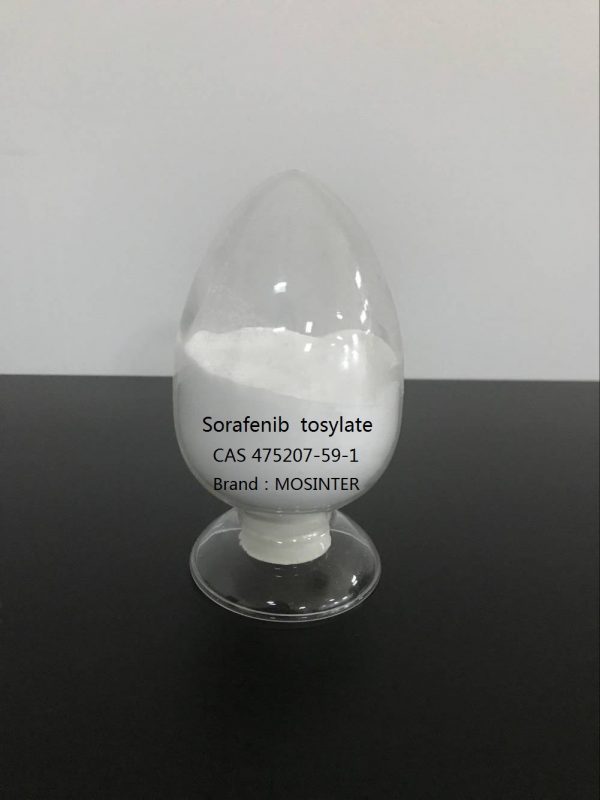
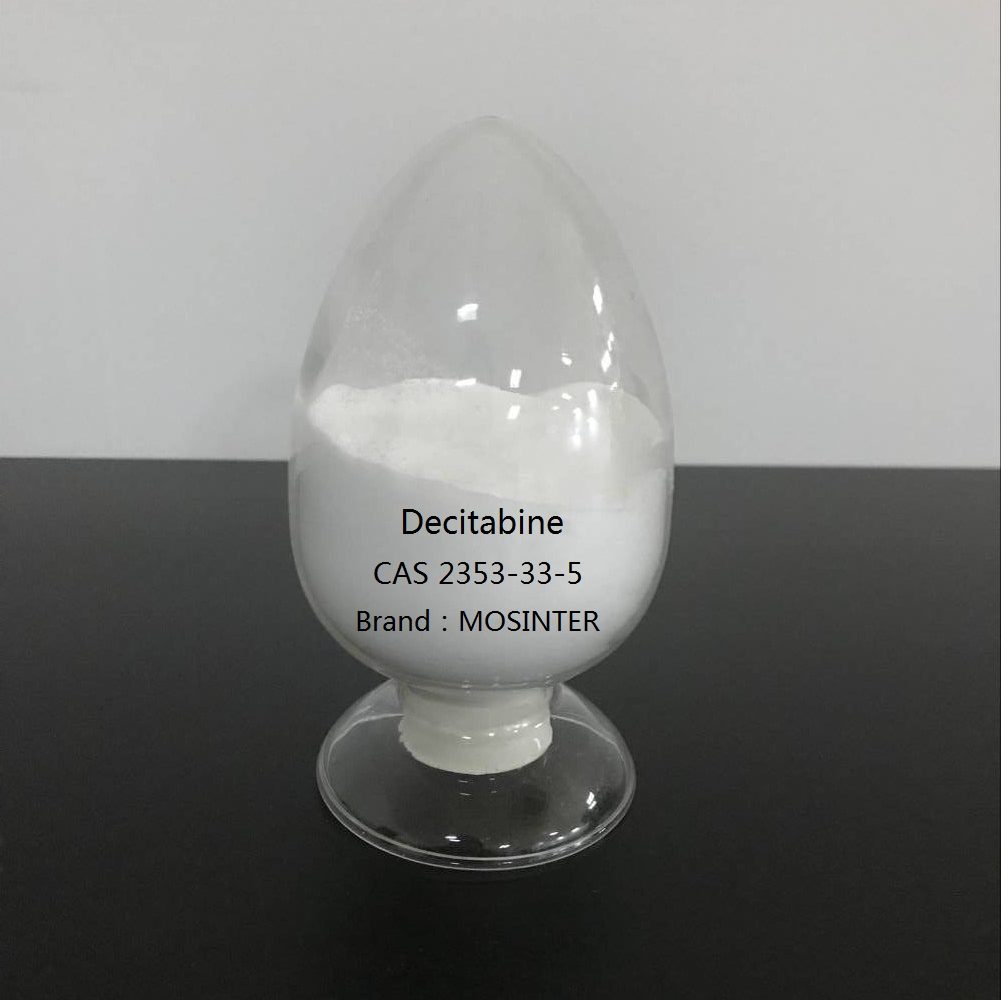
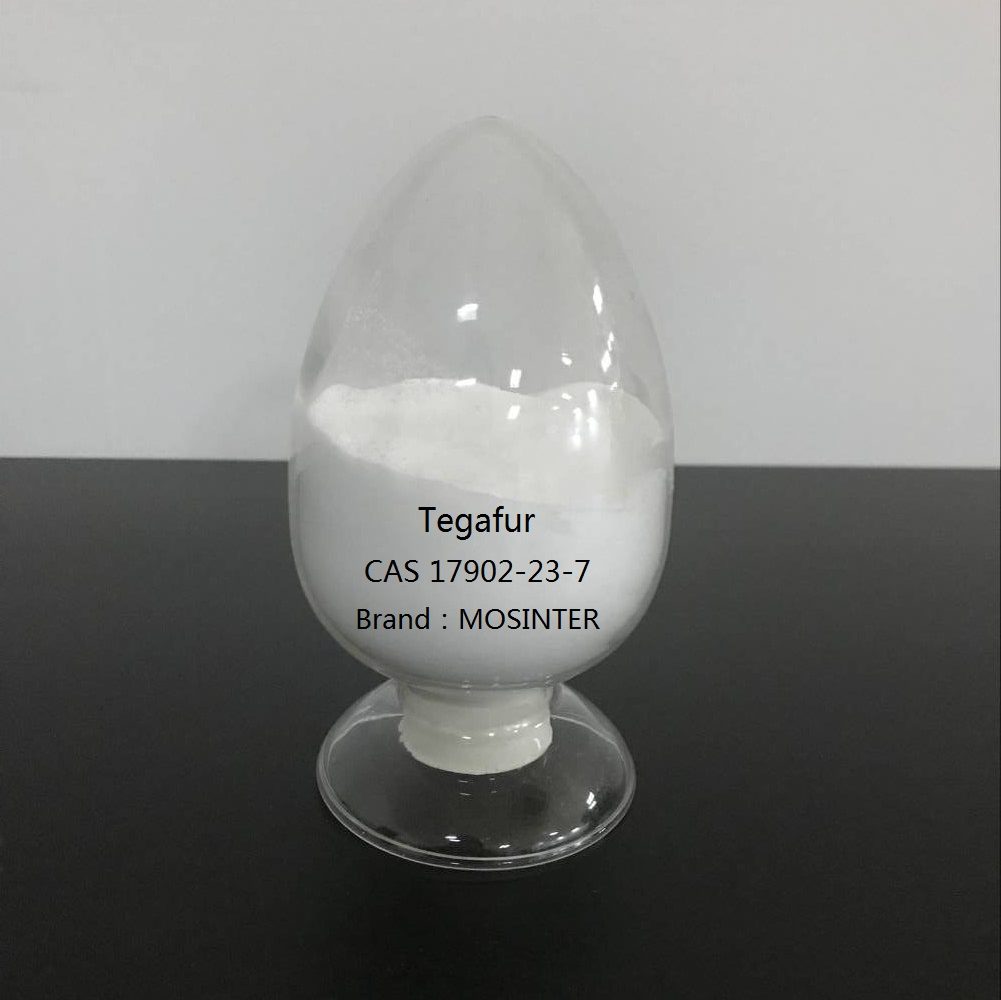
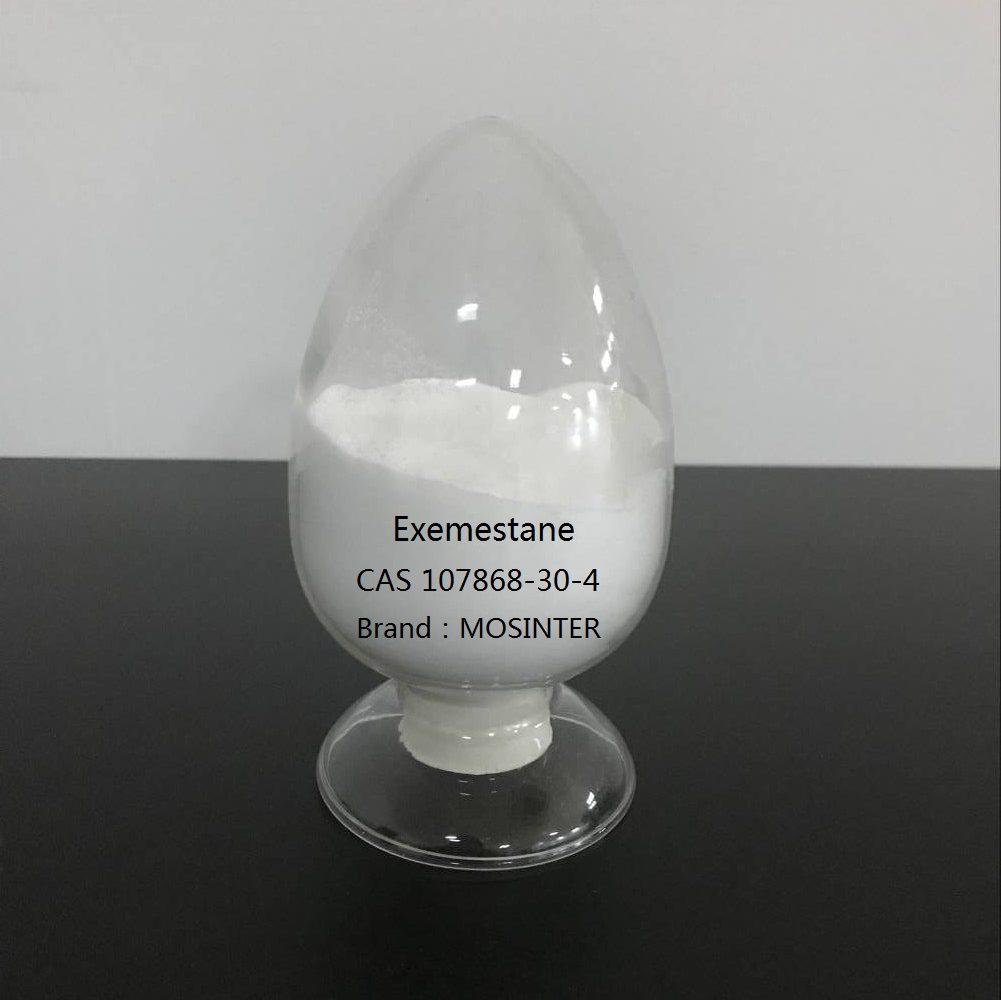
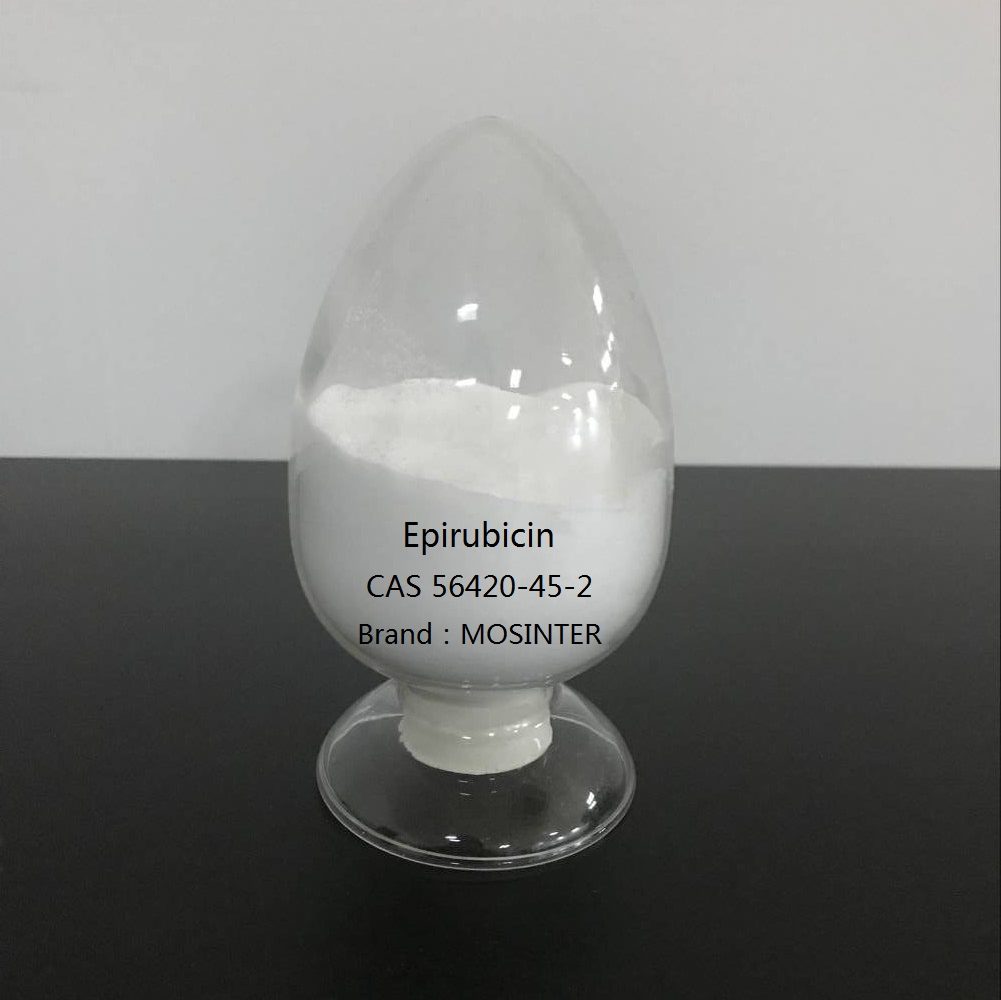
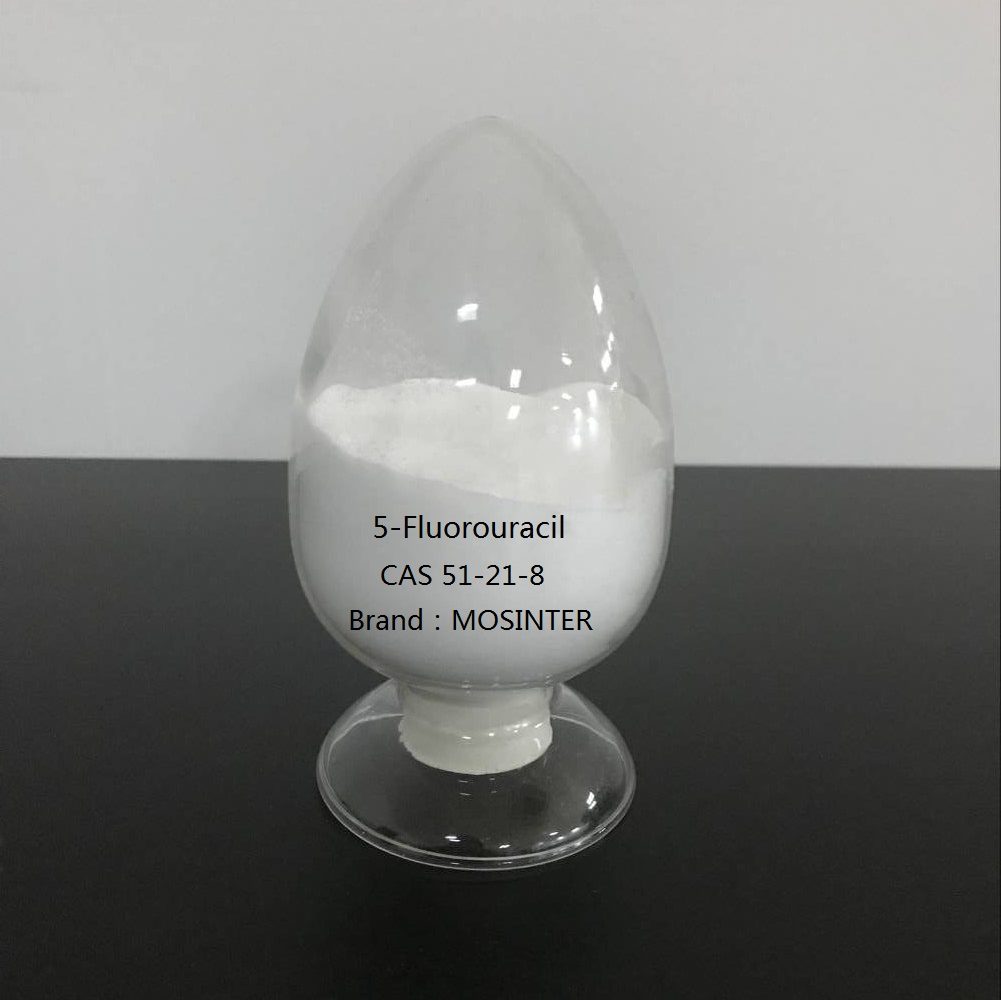
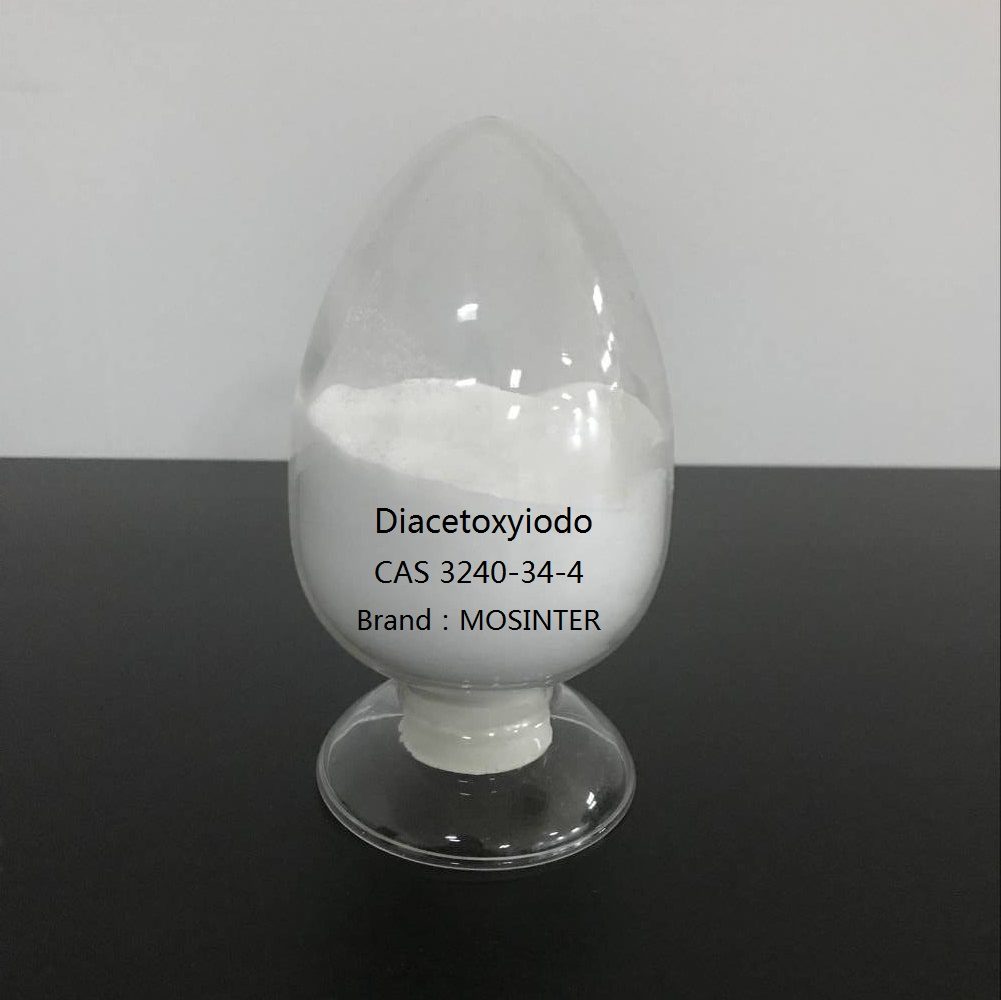
Reviews
There are no reviews yet.